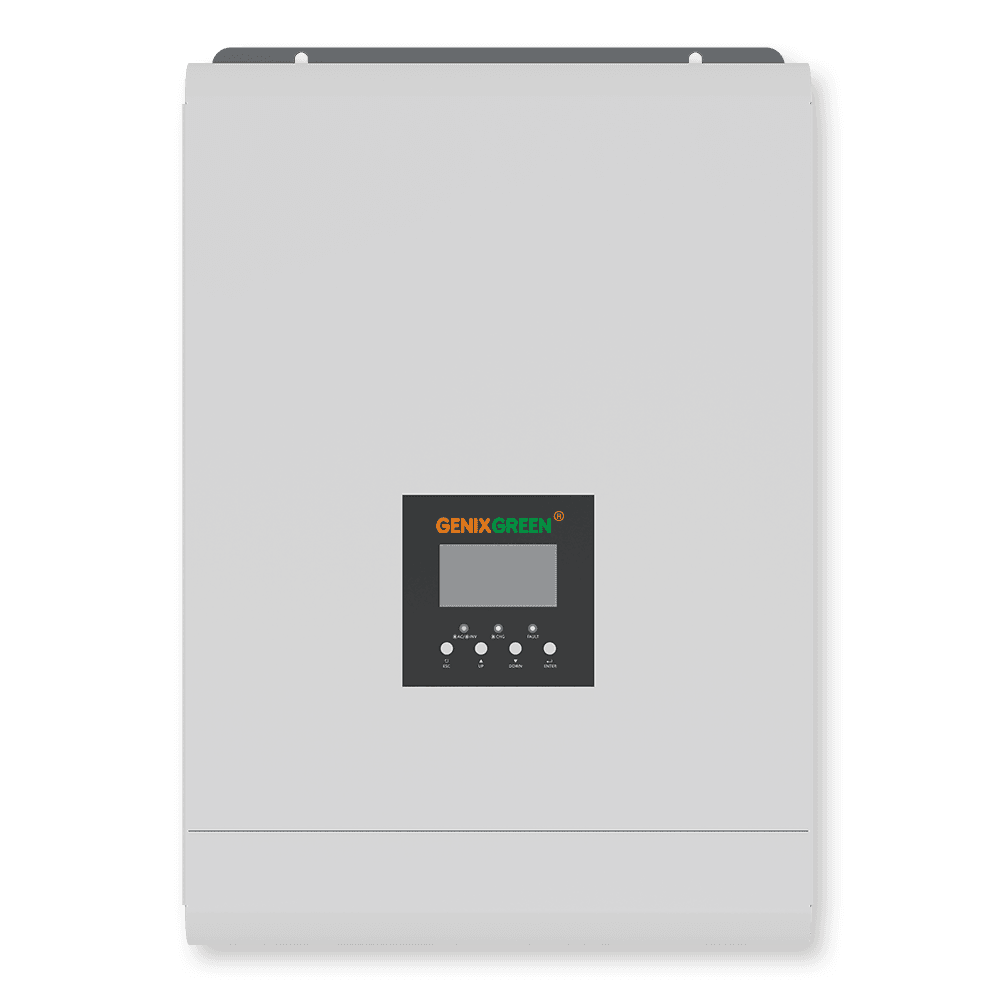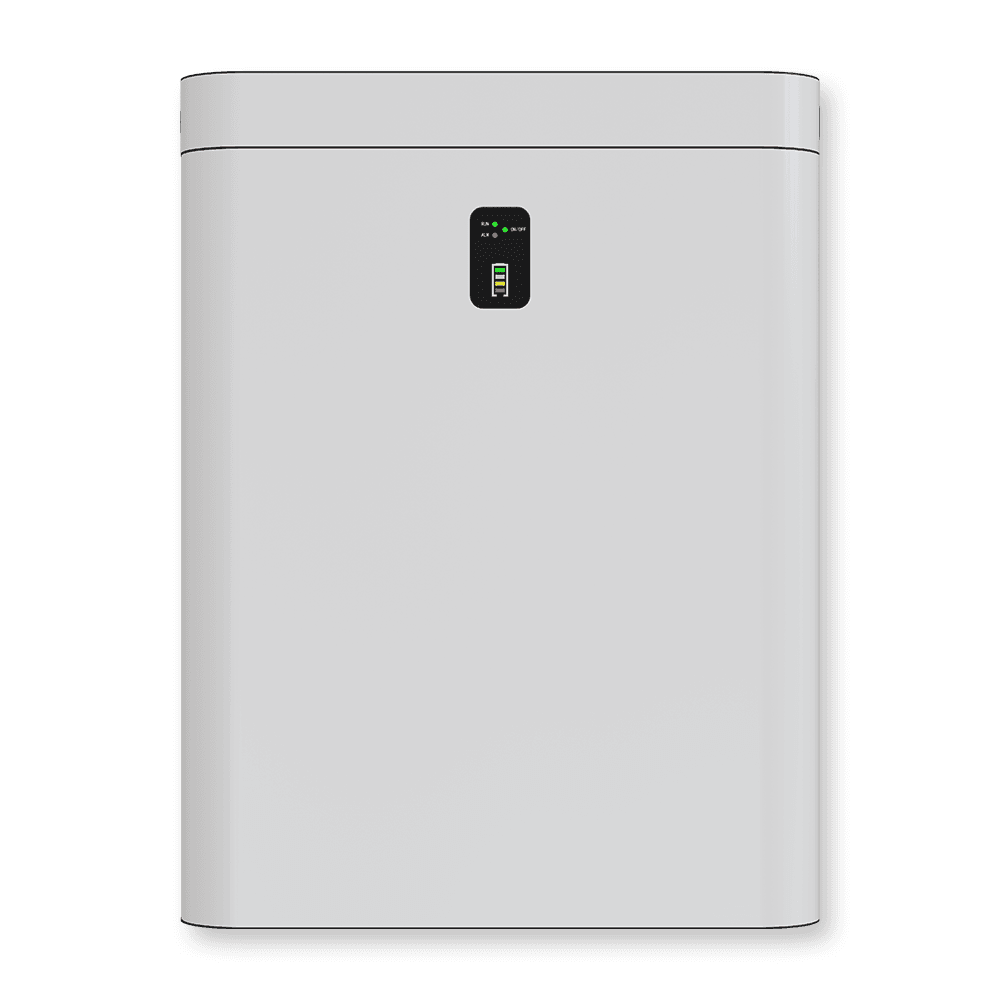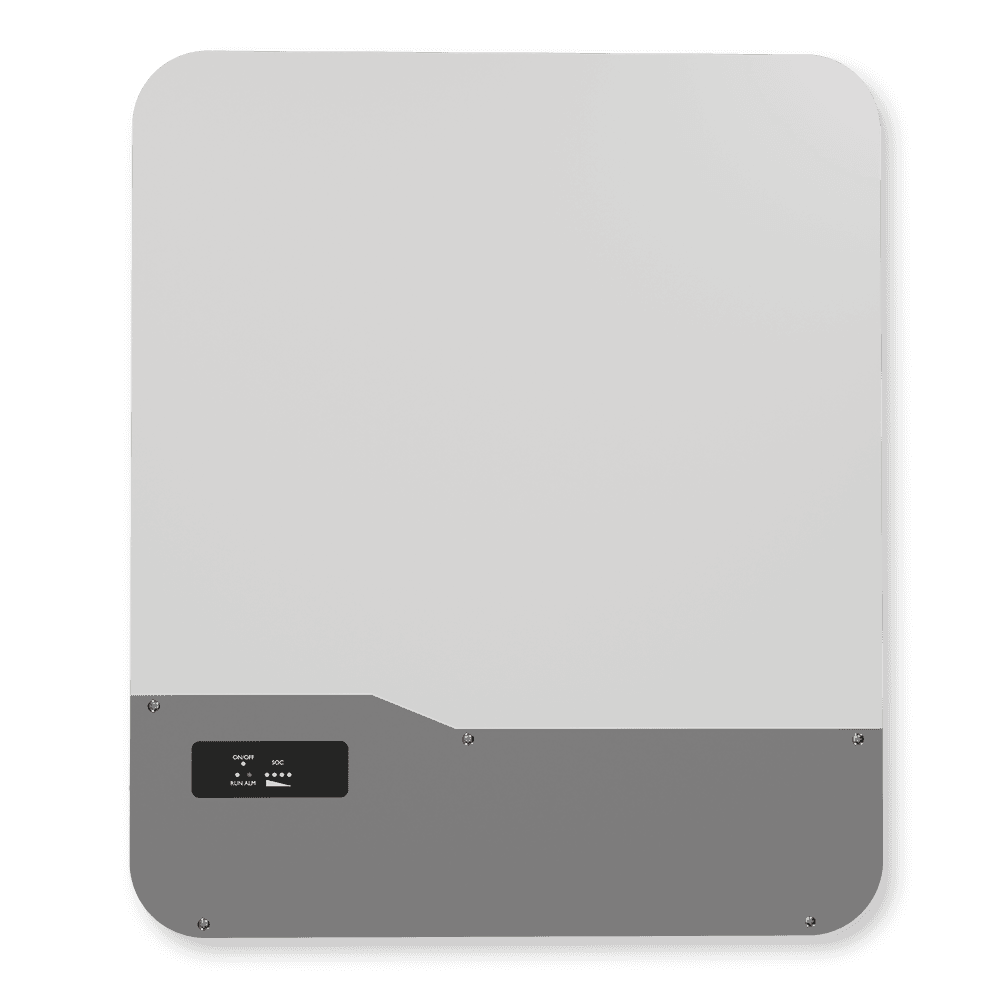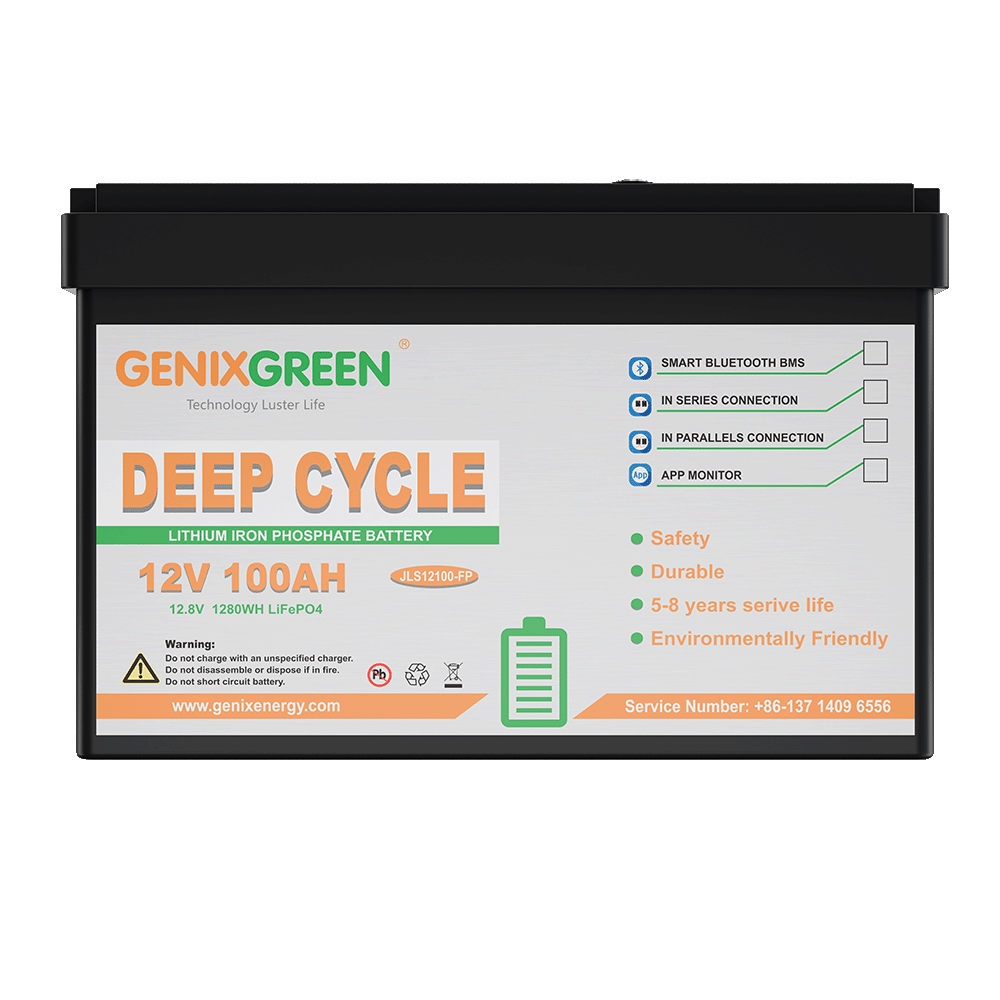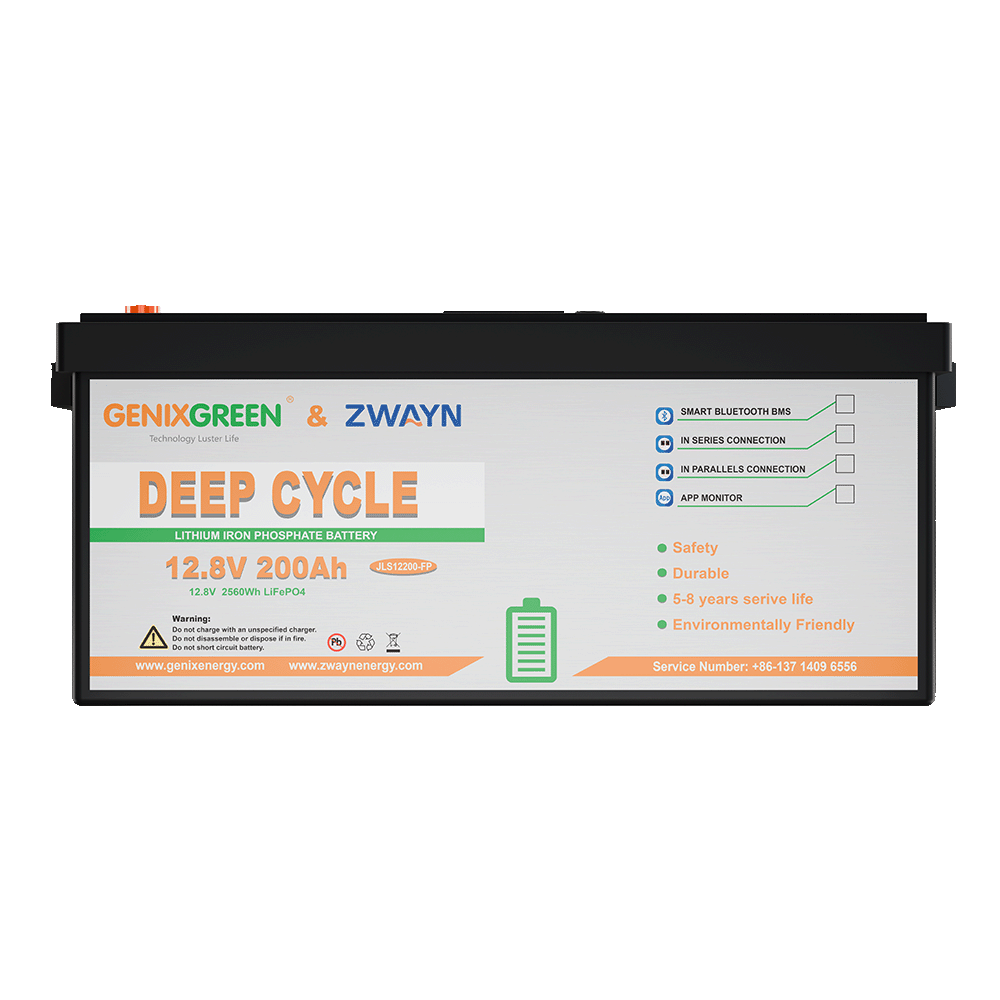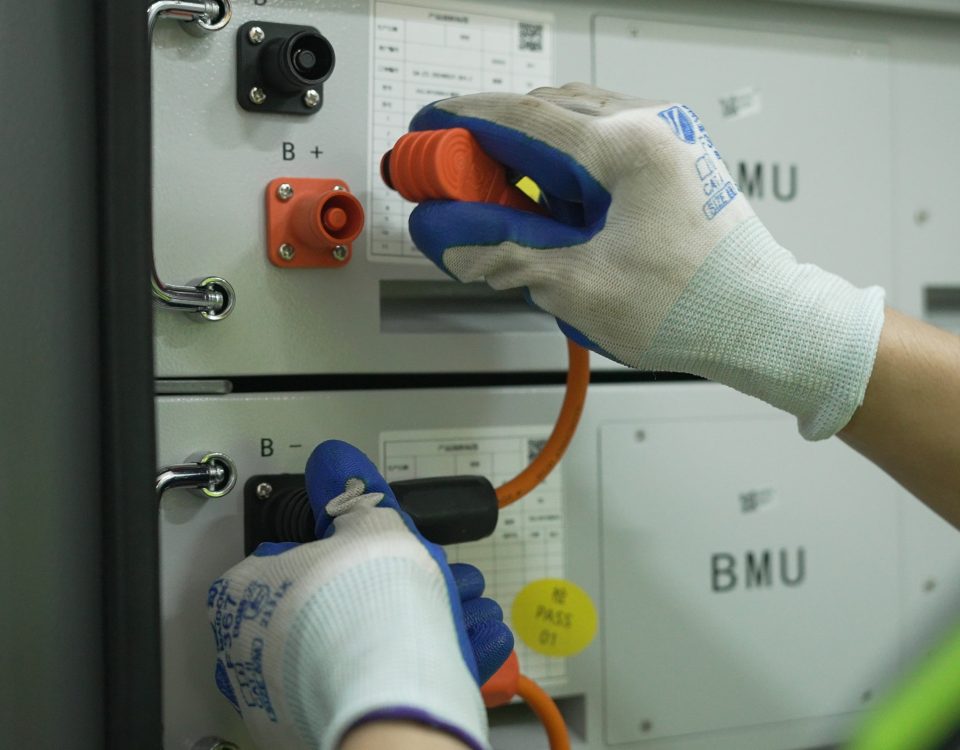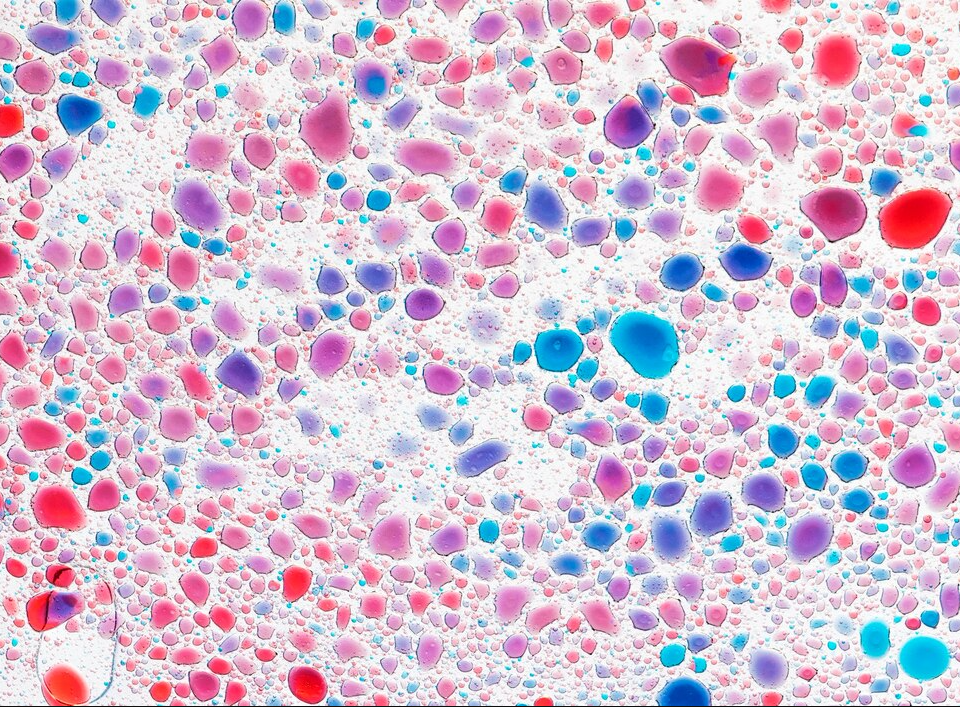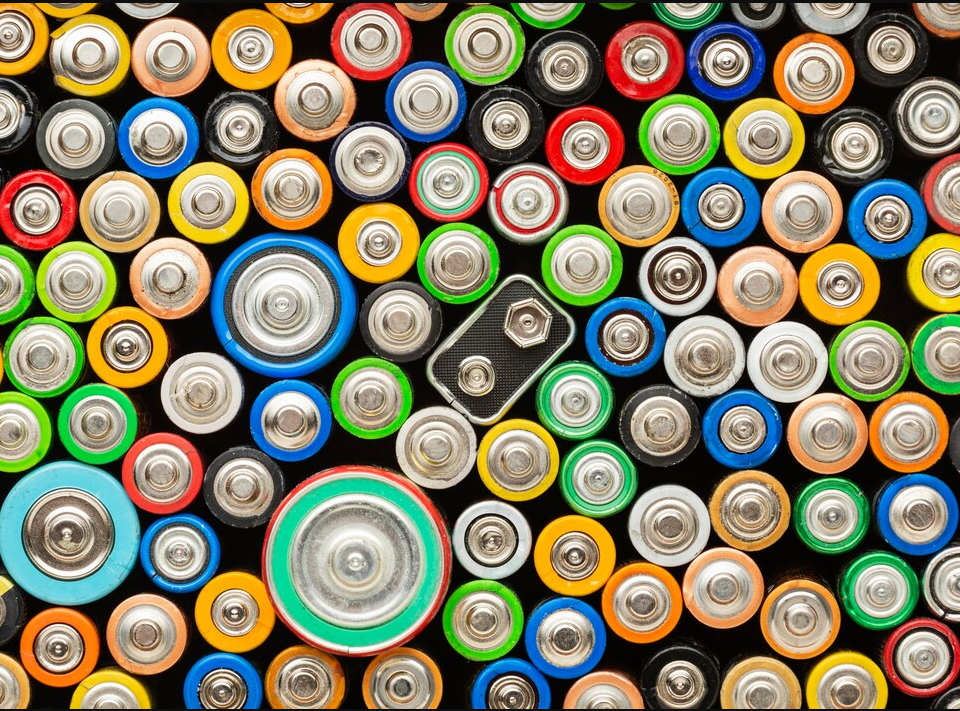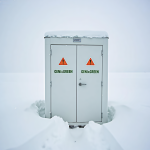
How to keep lithium batteries warm in cold weather?
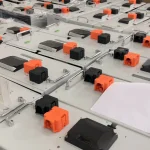
Why Lithium-Ion Batteries Outperform Lead-Acid Batteries in Electric Vehicles
The Inconvenient Truth: Solar’s Achilles’ Heel Isn’t Efficiency—It’s Premature Death
The solar industry’s obsession with chasing marginal efficiency gains is a dangerous distraction. While headlines celebrate “record-breaking 25%+ efficiency cells,” the real crisis lies in the silent decay of photovoltaic (PV) modules. Solar panels don’t die from inefficiency; they’re murdered by humidity, thermal cycling, and mechanical stress. Let’s dismantle the fairy tale: **extending solar cell lifespan to 25+ years isn’t just important—it’s existential for grid-scale decarbonization.**
1. The Cost of Dying Young: Why Solar’s Economics Demand Immortality
Christian Hoepfner of Fraunhofer ISE isn’t wrong—solar must get cheaper. But here’s what policymakers ignore: **a 1% annual degradation rate slashes a panel’s lifetime output by 20%.** Even “cheap” modules become financial albatrosses if they crumble in 15 years. Consider this: replacing panels every decade doubles the levelized cost of energy (LCOE). The math is brutal. Governments subsidize installations but ignore the ticking time bomb of material fatigue.
**Subjective Take:** The industry’s reliance on ethylene vinyl acetate (EVA) encapsulation is a generational failure. EVA yellows under UV, delaminates at 85°C, and cracks under hail. It’s the equivalent of wrapping a Ferrari in cellophane.
2. Silicone: The Unapologetic Disruptor in Solar’s Material War
Fraunhofer’s collaboration with Dow Corning (now Dow Inc.) exposes EVA’s obsolescence. Silicone encapsulation isn’t just better—it’s revolutionary. Data from their accelerated aging tests tell the story:
- **-40°C Survival:** Silicone-laminated cells retained 98.3% initial efficiency after 1,000 thermal cycles (-40°C to 85°C), vs. EVA’s 94.1% (26th EU PVSEC, 2023).
- **Mechanical Resilience:** Silicone absorbs 300% more stress from wind/snow loads without microcracking.
- **Hydrophobic Mastery:** Water vapor transmission rates (WVTR) dropped 40% versus EVA, neutralizing PID (potential-induced degradation).
**Subjective Take:** EVA apologists argue cost parity. Nonsense. Silicone’s 8¢/W premium pays for itself in 7 years via reduced O&M and 30-year lifespans. The “high cost” narrative is fossil fuel propaganda.
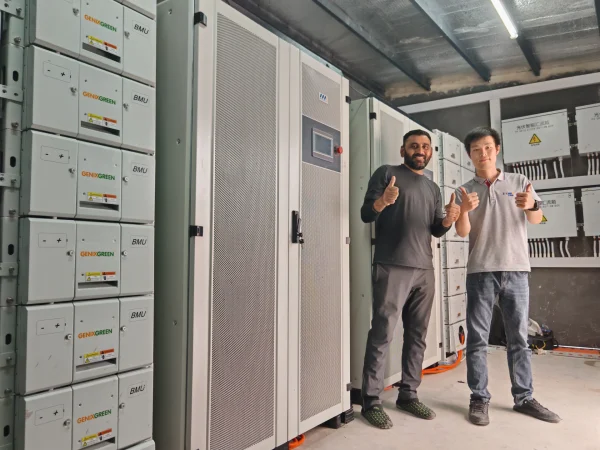
3. The Roadblocks: Cowardice and Complacency
The PV sector moves like molasses. Manufacturers cling to EVA because retooling production lines requires courage. Meanwhile, Chinese gigafactories churn out 200 GW/year of EVA-based panels—a tsunami of planned obsolescence.
**Fraunhofer’s research is a clarion call:** Silicone isn’t a “niche solution.” It’s the only viable path to terawatt-scale sustainability. Yet, IEC standards remain stuck in the 2010s, certifying materials that fail real-world stress tests.
**Subjective Take:** If I hear “but EVA works fine in Arizona deserts” one more time, I’ll scream. Most humans don’t live in deserts. Solar must thrive in Mongolian winters, Amazonian humidity, and Siberian hail.
4. The Future: Weaponizing Materials Science
The Fraunhofer-Dow Corning partnership is just the start. Next-gen silicones with embedded nanoparticles (e.g., SiO2 for UV resistance, graphene for conductivity) could push lifespans to 40 years. Imagine perovskite-silicon tandems wrapped in self-healing silicone—a true “forever panel.”
**Subjective Take:** Critics whine about R&D costs. Meanwhile, coal plants get $5.3 trillion/year in hidden subsidies (IMF, 2023). Redirect 1% of that, and we’ll have immortal solar cells by 2030.
Conclusion: Survival Demands Ruthless Innovation
Solar’s anti-aging revolution isn’t about luxury—it’s about survival. Silicone encapsulation is the first shot fired in the war against entropy. To policymakers and manufacturers: Stop chasing efficiency vanity metrics. Start building panels that outlive their warranties. The energy transition depends on it.
Reliability Assessment of Source Content
The original content is largely credible but requires nuance:
- **Strengths:**
- Accurately cites Fraunhofer ISE and Dow Corning, reputable institutions.
- Silicone’s thermal/mechanical advantages align with peer-reviewed studies (e.g., Solar Energy Materials and Solar Cells, 2022).
- References EU PVSEC conference data, a credible source.
- **Weaknesses:**
- Overstates EVA’s flaws without noting its 85% market share (due to process maturity).
- Claims about silicone’s cost premium lack granularity (varies by geography/scale).
- No mention of competing materials (e.g., polyolefins, TPO).



